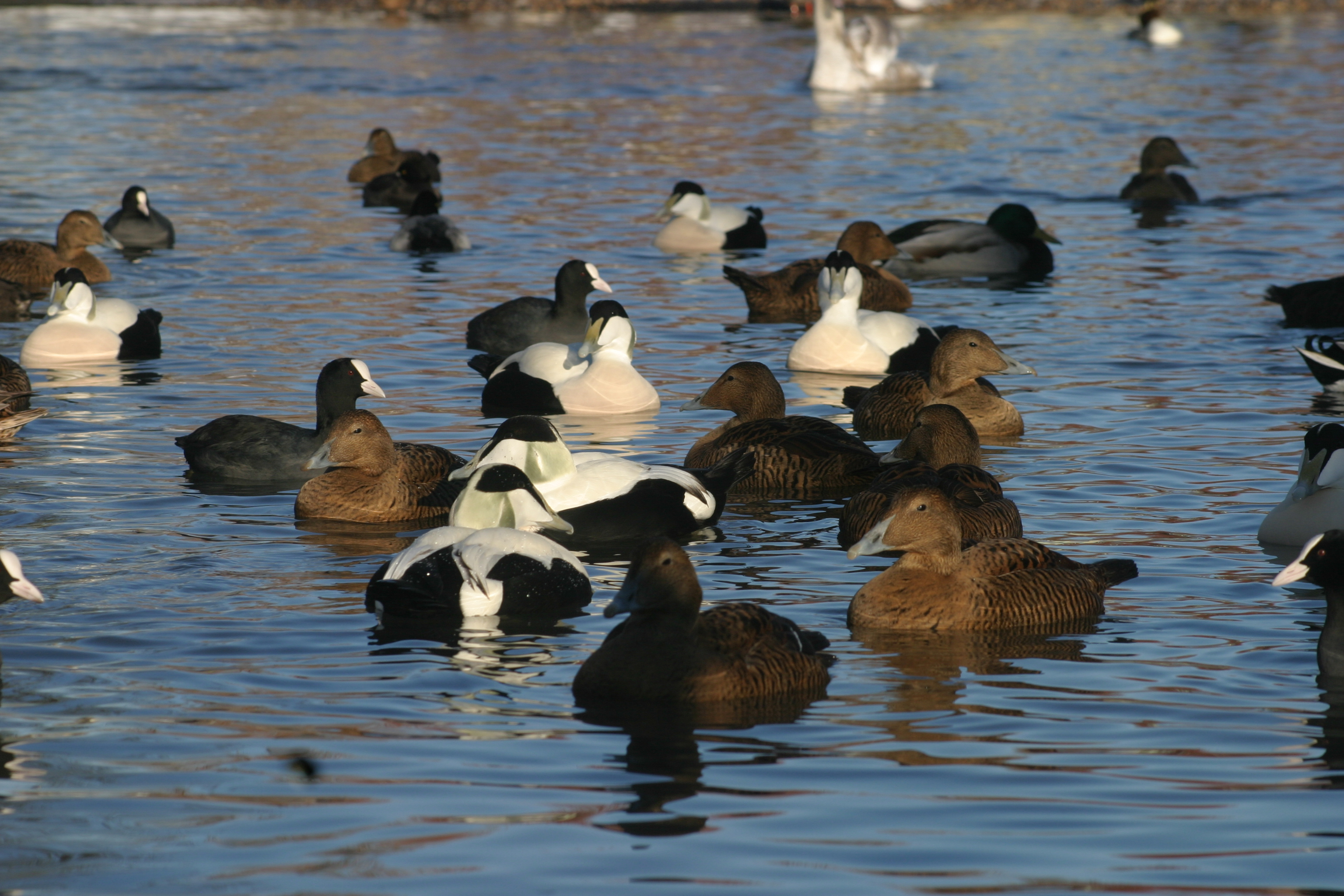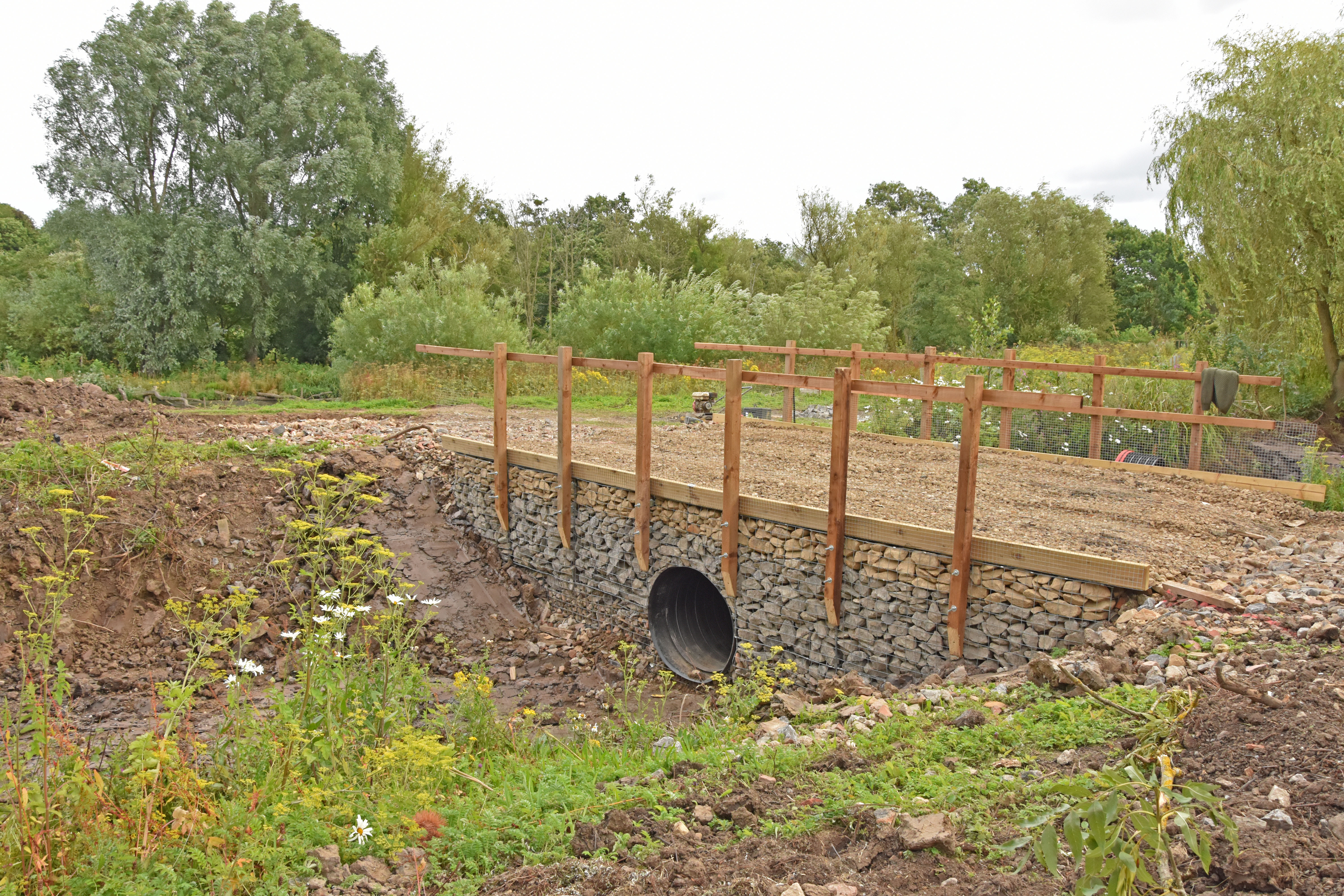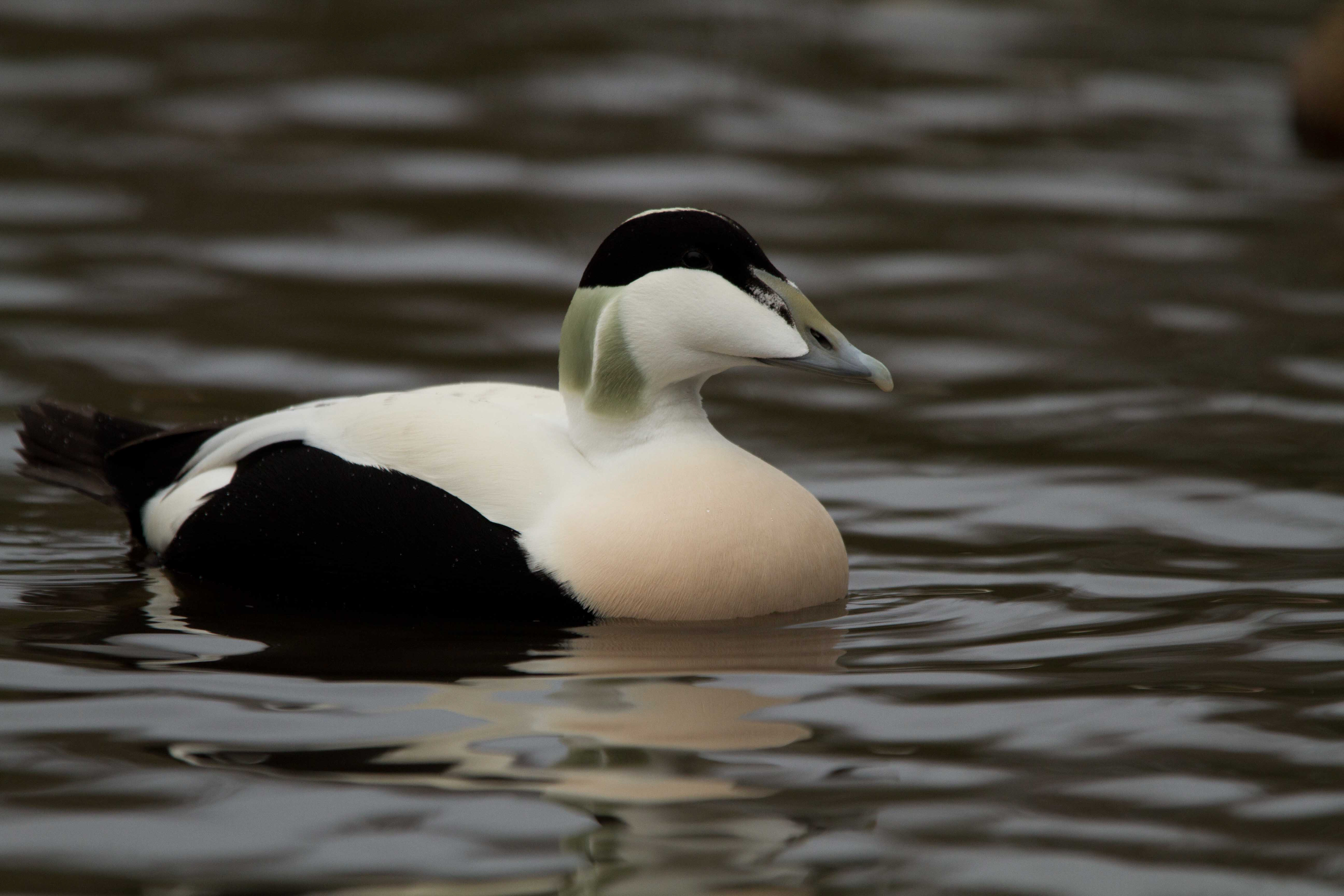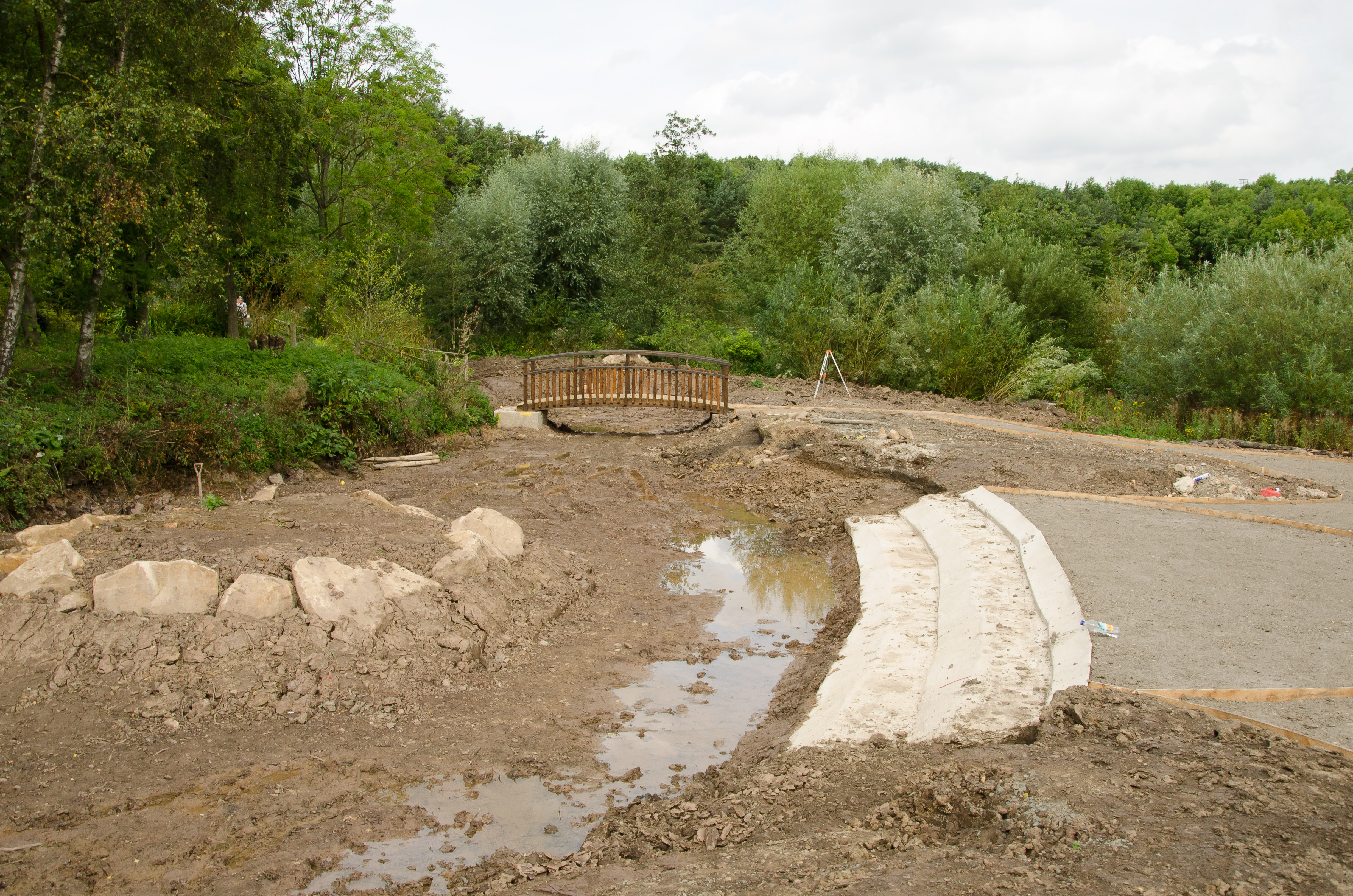Popular hand feeding exhibit gets a new lease of life
A popular hand feeding area at WWT Washington will be almost unrecognisable following re-development.

Close Encounters at WWT Washington Wetland Centre closed for re-development in January 2016 and has since undergone an amazing transformation that has extended the walking distance and will provide a fully accessible, interactive bird feeding experience for all visitors.
Although the area has looked vacant and little neglected to onlookers; extensive work has been going on behind the scenes, creating a new and massively enhanced area for people and wildlife to enjoy. The design and construction of the exhibit has had to be extremely robust to make sure it can withstand in excess of 5.5 million bird footsteps and 19.5 million human footsteps every year!

Here are some figures to help you appreciate the extent of work that has gone on during the project. So far in over 2500 man hours, contractors J B Landscapes have:
- Carried 30 tonnes of stone by hand to create the large gabions of the striking culvert, which allows access to the area for both visitors and heavy machinery.
- Moved 128 tonnes of hardcore base material for new paths and the bridge over the culvert.
- Lifted 15 tonnes of large stones to create Eider Island and the new waterfall feature.
- Lay 300 tonnes of gravel for drainage swales – stone filled channels which control the flow of rainwater away from the footpaths.
Collectively that’s 473 tonnes of materials – equivalent to the weight of 215,000 eider ducks (now that’s a lot of ducks)!

WWT Washington’s Collection Manager Kristian Purchase said, “Many of the birds going into Close Encounters have been raised on site, including our eider ducks which hatched earlier this year and are currently in the outdoor nursery pens at our duckery. This has meant that we’ve been able to get them used to people and being hand fed – something that they really enjoy. They’ll make great additions to the exhibit.
“All of the birds are very friendly and will offer visitors a fantastic opportunity to get up close to them and see them in a natural environment.”
As well as eider ducks, the area will become home to a number of striking birds including dabbling ducks and swans, which will be able to roam over a specially build feeding area, island and through the water; allowing visitors incredible nose-to-beak action. The area will offer a haven for wildlife big and small with insects and bees able to take advantage of the lush vegetation.

Gill Pipes, Centre Manager at the wetland centre said, “Close Encounters was very well used and therefore showing signs of wear and tear. We knew the area needed an update and we’ve seized the opportunity to re-develop it into a usable and long-lasting space that will benefit not just wildlife, but visitors too.
“We’ve incorporated plants such as winter strawberry, which have strong aromatic scents; we’re confident the fragrant smells along with the bright colours of the plants, the sounds of running water and the surrounding natural environment will offer our visitors a unique sensory experience, alongside the fantastic hand feeding opportunities.”
Close Encounters will re-open later this year with completion expected in the autumn.



